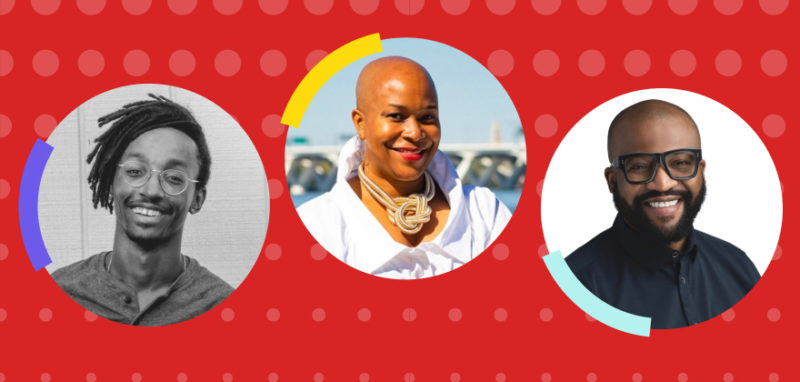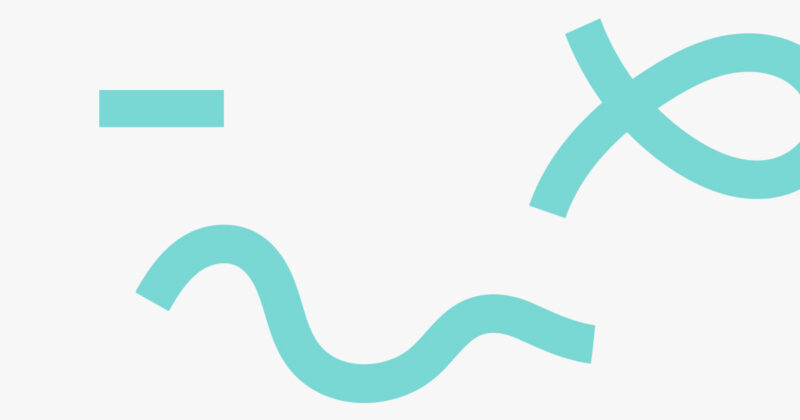
Is Your Hiring Process Accidentally Exclusive?
Are you hitting your diversity recruiting goals?
Let’s be honest: probably not. I don’t know what company you work for, but the odds you’ve achieved a manner of representation that mirrors your city’s greater population are exceedingly slim. There are a great many things you can do to prioritize diversity hiring and retention at your org, including sourcing from new and different talent pools, setting explicit pipeline goals, seeking out referrals from your existing diverse employees, and instituting employee resource groups. But even in the event you’ve taken all these into account, your hiring process is still a reflection of how inclusive your company is, and there could be several areas where people, by virtue of their background, are being unintentionally excluded.
Don’t beat yourself up. Just because your process isn’t the very model of a modern major hiring cycle doesn’t mean you’re a bad person (or a bad recruiter). The key to making sure your cycle is inclusive is simple: empathy. Put yourself in the shoes of someone from a different background than your own, and ask if your process gives them a fair shake. For example:
Are There Assumptions in Your Assessment?At a previous company of mine, our engineering interviews involved a challenge that revolved around Battleship. If you’re not familiar with Battleship, it’s a board game played primarily by 8-year-old American males. In a situation where a question begins “In a standard game of Battleship, how many guesses would it take to…”, who do you think is more likely to thrive? The former 8-year-old yankee doodle dandy, or the person who spends the first 10 minutes learning the rules of Battleship?

In retrospect, the exclusion here was as glaringly obvious as the old timey box. But as we learned firsthand, without someone considering the interview from the point of view of people different than themselves, the problematic nature would never have surfaced. Many companies tackle this via hiring a dedicated Diversity, Equity, and Inclusion Lead to ensure these perspectives are taken into account. Consider also the teams who design the interview process–it’s not enough to merely remind them to be conscientious. Ask employees from underrepresented groups to look over interview agendas, as they’re far more likely to notice something exclusionary.
Do You Highlight What’s Actually Important to Prospective Employees?“Why don’t any senior engineers apply here?!”
Careers page talks about ping-pong tables but not parental leave
— Matt Laroche 📎 (@mlroach) January 15, 2018
Even if diversity hiring is an important initiative at your organization, elements of your employer brand might still be unintentionally exclusive. I hope I’m not the first one to break it to you, but it’s time you took “work hard, play hard” and “fully stocked snack wall” off your careers page. Consider adding in more specific information about health benefits, paternity/maternity leave, employee resource groups, and retirement account assistance. As talent assesses whether your organization offers support of their lifestyle, they aren’t looking for “Equal Opportunity Employer” boilerplate, they’re looking for specific examples of your commitment.
While you’re at it, go ahead and take “rock star”, “ninja”, and “guru” off your job descriptions as well. Not because they’re exclusive, but, you know. Cause they’re dumb.
Do your Interview Panels Reflect Your Company?There is some matter of debate about how one ought to assemble interview panels, so I’ll do my best to present both sides and allow you, the thoughtful and considerate recruiter, to decide.
In one corner, there are those who believe in presenting a representative recruiting panel to illustrate to diverse candidates they’re at a company where people who share their background already thrive. These folks argue that this leads to more empathy in the assessment process, and a greater likelihood of catching things like the Battleship snafu.
On the other hand, people argue the above approach tokenizes individuals for the sake of optics. Further, they posit that someone’s interview experience should give them a clear window into the dynamics of the team they’d be joining, and you should present that team in full honesty even if it isn’t particularly diverse.
As with most hiring conundrums, the solution probably lies somewhere in the middle. I’ll leave the thoughtful strategizing to people far more experienced in the nuance of the on-site.
How have you gone about removing unconscious biases from your recruiting process?Related blog posts

10 Things You Can Do to Reach DEI Goals
What You’ll Learn The first thing you must do to make meaningful progress on DEI...

Diversity Isn’t Optional: How 3 Talent Leaders Made DEI an Organizational Imperative
All too often, organizations treat DEI initiatives as optional—but this approach...

Diversity & Inclusion Recruitment, Retaining Talent, & More: Talk Talent to Me March ’23 Recap
Catch up on the March 2023 episodes of Hired’s Talk Talent to Me podcast featuring recruiting...

Raise the Bar in 2023: Strategies from Top Employers Winning Tech Talent (VIDEO)
Need insight to plan your recruiting and hiring strategies for 2023? Watch this on-demand...

Why You Should be Recruiting Laid Off Talent (+ 3 Key Strategies)
Between shrinking labor force participation due to the pandemic and the “Great Resignation,” in...

2022 State of Software Engineers: UK and Cross-Border Trends
Top issues and trends for software engineers Most in-demand skills and...


